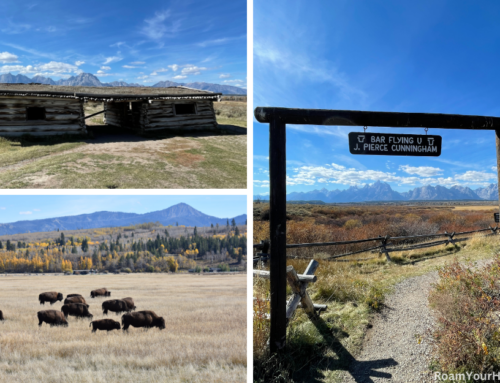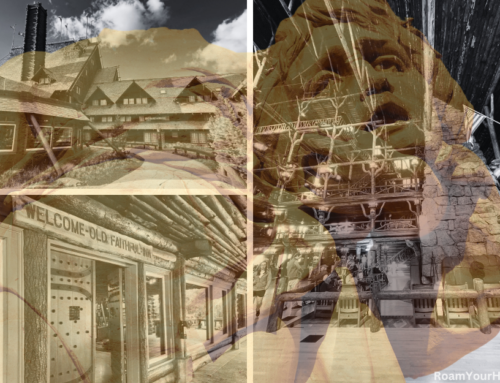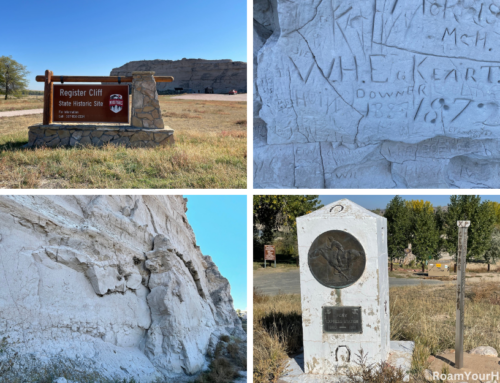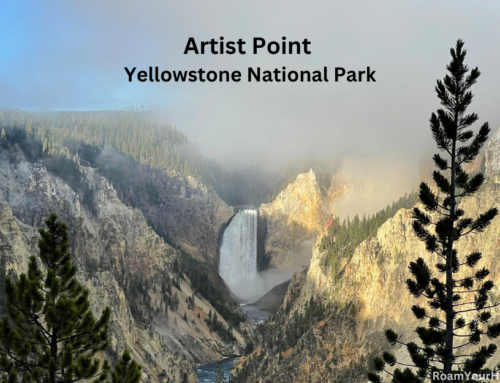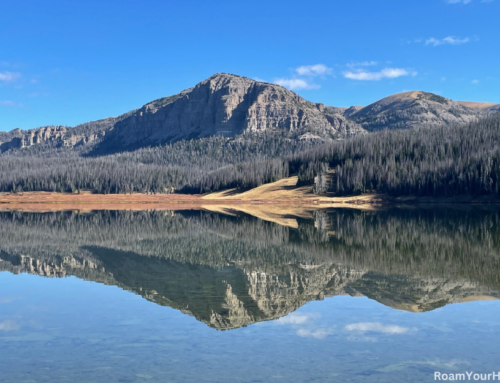
Follow the Pioneers West: Oregon Trail Ruts State Historic Site
The Oregon Trail Ruts State Historic Site is in southeastern Wyoming, just south of the small town of Guernsey. The small park offers a powerful look into our nation’s emigrant past.
A Brief History of the Westward Migration
During the mid-1800’s, more than 500,000 emigrants journeyed west. Never more than a rock, rutted trail, the road west began in Missouri. From there, crossing the Great Plains before entering Wyoming along the North Plate River. Travel became much more difficult upon reaching Wyoming. The territory changed from wide-open plains to the rugged, arid landscape typical of the west.
There were three main migrations west, each with a different ultimate destination, but most of which would have passed through Guernsey Ruts.
The California Trail
The discovery of gold in California started one of the largest mass migrations in the West. In 1840, more than 30,000 “Forty-Niners” traveled west seeking their fortune.
The Oregon Trail
People from all walks of life made the 2,000-mile journey along the Oregon Trail. Many sold most of their possessions, piled what was left in a wagon, and journeyed west in search of a better life.
The Mormon Pioneer Trail
Seeking religious freedom, Brigham Young led followers of Mormonism West. The 1,400-mile trek began in Nauvoo, Illinois, and continued to the Great Salt Lake. Over 20 years, more than 70,000 Mormons made the journey.
Guernsey Ruts
Remnants of these journeys are scattered throughout; however, the four-foot-deep wagon wheel ruts carved into solid sandstone are among the best-preserved relics along the route west, serving as a lasting reminder of the thousands of those who journeyed westward in the 1800s.

Visiting Oregon Trail Ruts State Historic Site
My wife and I visited the site on an early fall afternoon. We’d just left nearby Register Cliff State Historic Site and were on the tail end of a road trip through Wyoming and parts of Montana, South Dakota, and Colorado.
A short dirt road leads to a parking lot for the park. To my surprise, we were not the only people visiting as we exited the car.
Standing at the site, it’s easy to imagine the creaking wagons, slowly making their way through the dusty air, determined to seek a new life. The ruts—some nearly five feet deep—were created by the constant wear of wooden wheels and iron-rimmed wagon tracks over decades of travel. Unlike many historic sites where the past is reconstructed, these marks in the earth are the real thing, left untouched by time.
A short walking trail leads to the ruts, with interpretive signs providing context about the Oregon Trail and emigrants’ hardships. The site is simple, unspoiled, and profoundly moving—a quiet tribute to the resilience of those who passed this way nearly two centuries ago.
We spent about 30 minutes visiting the site. It’s open all year around from sunrise to sunset and is free to visit.

